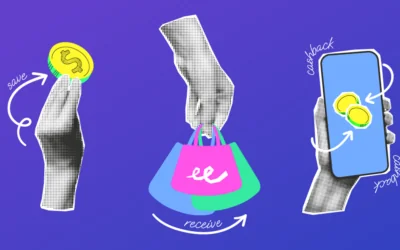Embedded finance can be defined as the integration of financial services with products or solutions of non-financial organizations. Similar to Banking as a Service (BaaS), the concept of embedded finance is built around data exchange via APIs. However, it is centered around the idea of integrating access to financial products or services rather than the technological foundation itself.
According to Oracle estimations, the embedded finance market is expected to exceed $7 trillion in the next 10 years. With the advent of BaaS, companies are realizing that offering financial services within a familiar user journey adds value to their customers. Most people have already experienced embedded finance without even realizing it. For instance, have you ever made an in-app purchase while taking an Uber?
How can banks benefit from embedded finance?
Delivering new experiences
Embedded finance allows banks to provide new, fast, and easy experiences to their customers that add value to their services and encourage brand loyalty. For example, with embedded payments, customers and businesses can enable instant payment transactions in just a click.
Adapt to market
Banking partners will need to strengthen their partnerships to deliver new customer expectations with BaaS as the way to offer embedded finance. Changing consumer habits increasingly require banks to scale up their offerings and market their products in new ways. Opening up data via API integration is the easiest and fastest way to do so.
Adopt new capabilities
With the adoption of new technologies due to the acceleration of digitization and use of APIs, banks can BaaS scale faster and make embedded finance readily available to consumers. At the same time, regulatory trends such as Open Banking and PSD2 are promoting the development of banking APIs; which forges up the need to look for new ways of adopting new business models at lower costs and take advantage of new technologies.
New revenue models
Embedded finance opens up a door to new ways to leverage and monetize financial services. Bringing services closer to customers and simplifying the purchasing process, could change their perception of these sorts of products and solutions, meaning they could be consumed faster and more irrationally.
It is clear that to adapt to the market quickly and scale their businesses, banks must partner with fintechs as a result of embedded finance, Banking as a Service, and Open Banking. If you are interested in learning more about how partnering with a fintech company can be beneficial for your bank, request a demo and one of our sales reps will get back to you as soon as possible.



